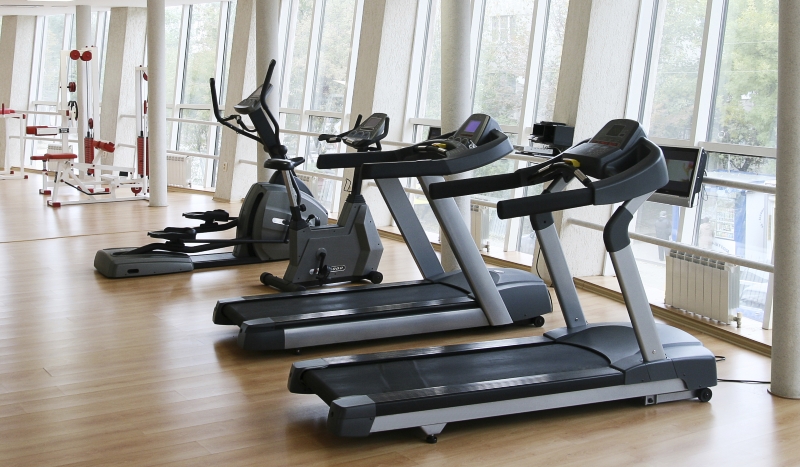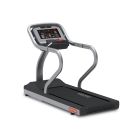How Much Cardio In A Workout to Lose Weight?

Cassandra Forsythe, PhD, R.D., C.S., says that ultimately, “You need to be doing enough cardio to go into a calorie deficit.” Which means you need to be expending (or using up through daily routine or exercise) more calories than you consume.
If you're not already tracking the calories that you’re taking in, it is recommended that you start to record your daily intakes. Apps such as MyFitnessPal also allow you to enter other personal details, which then create a calorie plan for you.
How Much Exercise Exactly?
The National Institutes of Health recommends that to achieve weight loss, you should participate in at least 30 to 45 minutes of moderate-intensity exercise for three to five days per week.
Longer, low-intensity exercises like walking, biking or jogging mean you should complete this for longer durations of time in order to burn higher levels of calories. However, you can maximise these sessions for a more efficient workout if you alternate between high and low intensity workouts each day, which is supported by Forsythe.
High-intensity workouts are usually where you work at 70 to 90% of your maximum heart rate in accordance with the American Heart Association, and that means that you should feel as though you can barely say more than a couple of words at a time.
Moderate intensity exercise is roughly between 50 and 70% of your maximum heart rate, and this enables you to say a few sentences whilst you are completing your workout.
Maximising Your Workouts
Forsythe suggests that you aim to workout five days a week, varying between the different intensities each day, but also allow your body to recover by not working out for more than two days consecutively. She also suggests that if you feel particularly energised one day or you are running tight on time, then increase the intensity of the cardio you are completing on a machine by incorporating some interval training; in this way, you can burn more calories in a shorter amount of time.
Interval training is when you run or cycle, for example, as fast as you can for one minute, which is then followed by a recovery of one minute at a slower pace; repeat this for approximately 15 to 20 minutes.
Forsythe suggests also completing bodyweight circuits such as exercises like jumping jacks, burpees and mountain climbers, completing 30 seconds of each consistently with no breaks, then take 30 to 60 seconds rest, and then repeat the whole sequence until you have reached about 20 minutes of this workout.
Don't Dismiss Low Intensity & Slower Sessions
The low and slow options involved in low-intensity workouts are important in regards to cardio and weight loss, as according to The National Weight Control Registry, 94% of people who successfully lost and kept off their weight had increased their physical activity, most of them from simply increasing the amount of time they spent walking.
Most of those exercised for about an hour a day, therefore, if you’re walking, aim for closer to 60 minutes, whilst if you are jogging or running you can workout for shorter spaces of time.
What's the Best Equipment?
Believe it or not, cardio equipment is pretty much the order of the day here. For high intensity and low impact, you can choose cross trainers, rowers and even stair climbers. Exercise bikes are the UK's favourite piece of gym equipment, but don't overlook the slightly more edgy and definitely more stylish indoor cycles. Why not check out some of the key equipment we have available:
- Star Trac 6 Series Commercial Treadmill
- Life Fitness Integrity+ Upright Bike
- Life Fitness IC5 Indoor Cycle
- WaterRower Original Series Classic - in Walnut
- StairMaster 8Gx Gauntlet Stair Climber
In Summary
Whatever your preference and schedule, whether it be high-intensity workouts for shorter time frames or more drawn-out lower-intensity workouts, cardio will help you to lose weight and keep it off.







